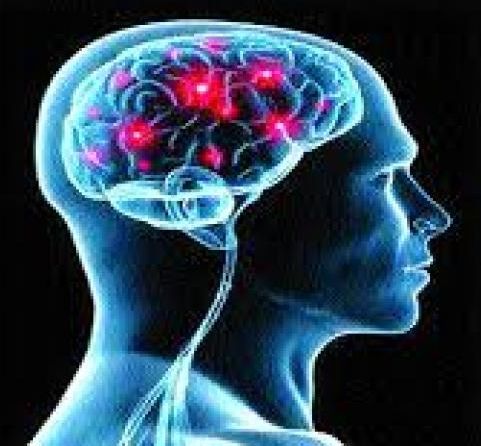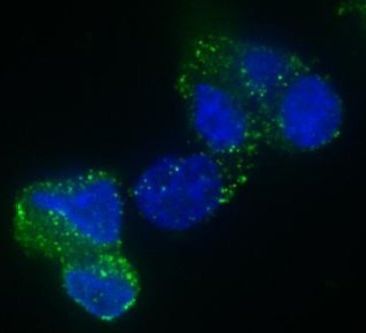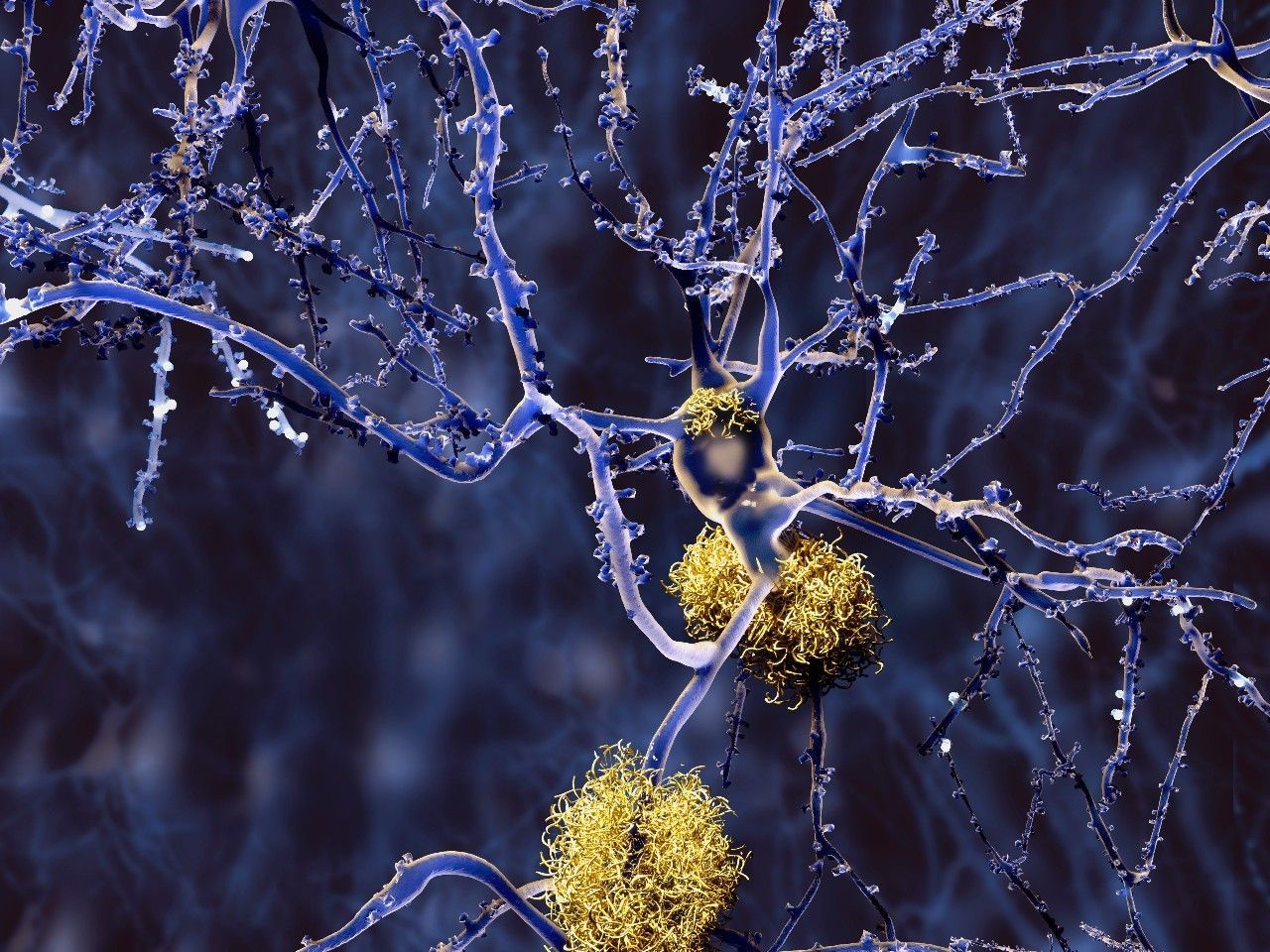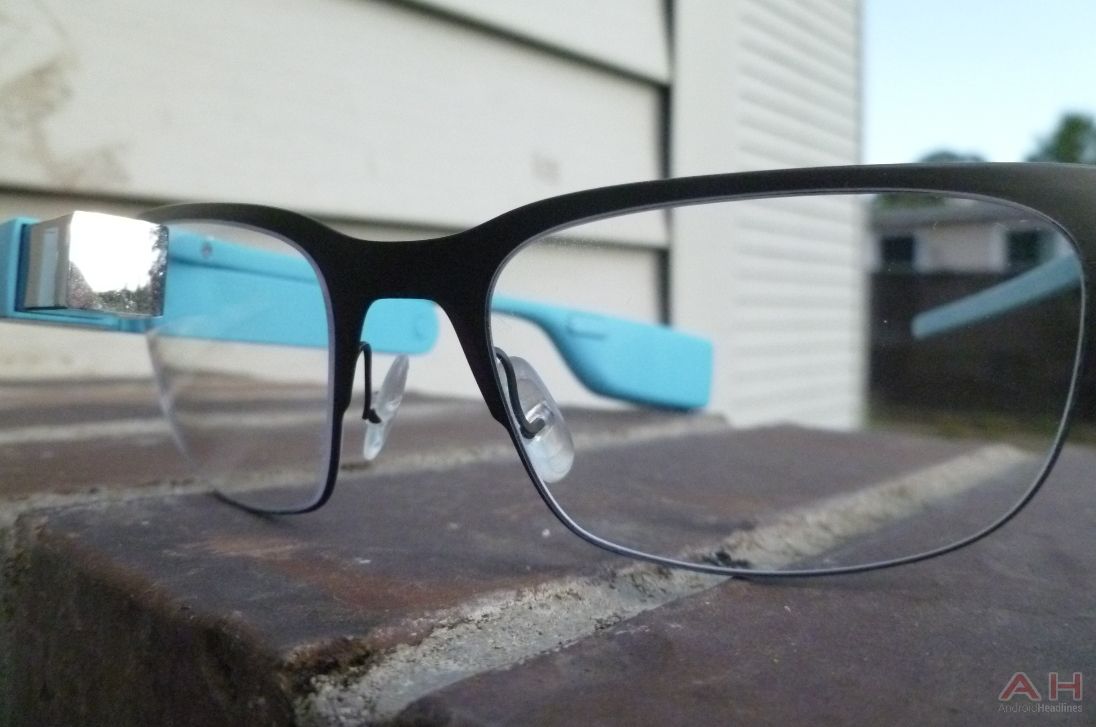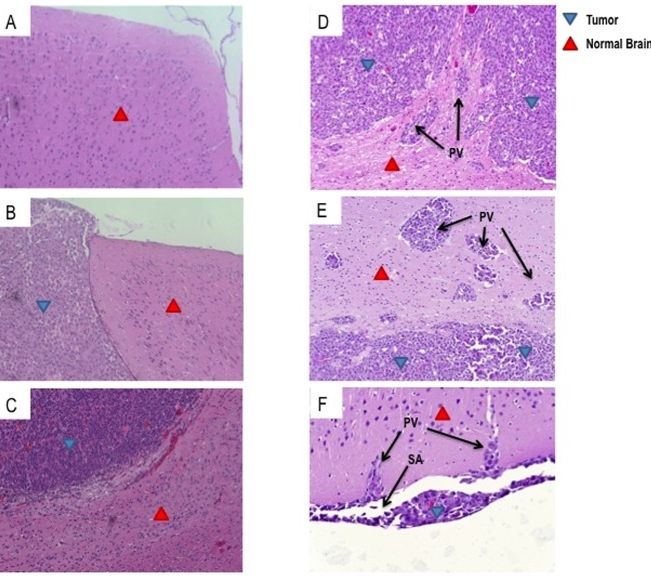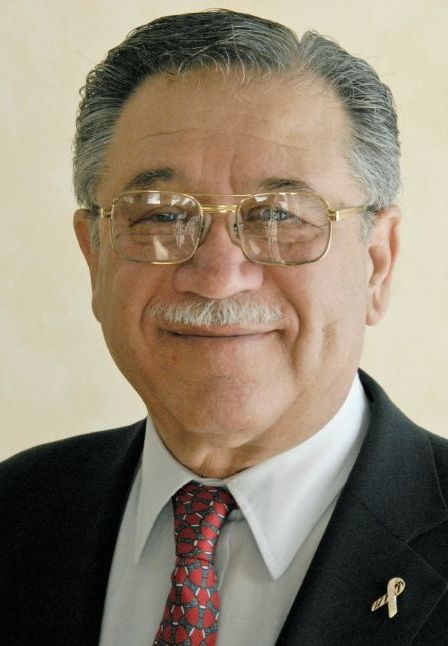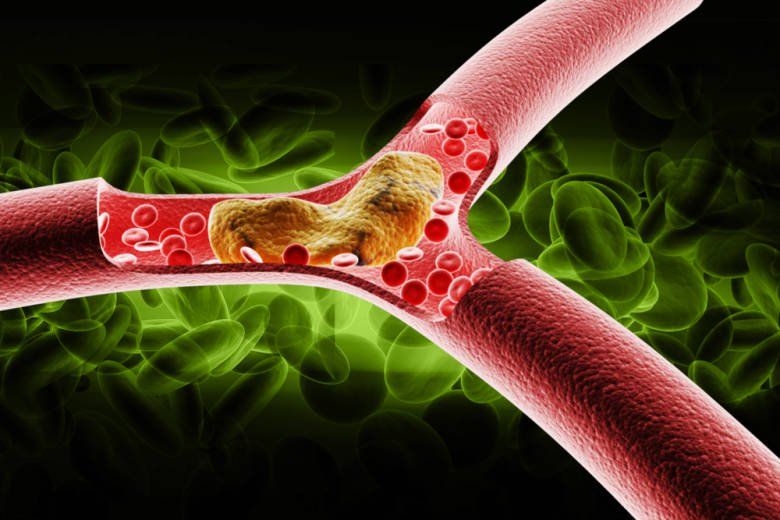Archive for the ‘biotech/medical’ category: Page 2695
Apr 25, 2016
Pollution affecting the brain
Posted by Karen Hurst in categories: biotech/medical, neuroscience
Hyderabad: Infections, haemorrhage, swelling and head injuries are some of the prime reasons for brain surgery but experts say taking the patient under the knife is the last option because of the complexities of the procedure which could lead to disability or death.
Senior doctors said despite advancements in technology, dealing with brain surgeries requires much expertise and continues to be a challenging area.
Senior neurosurgeon Dr Radha Krishna said, “Brain surgeries are complex and the protocol is to first opt for medicines. Nowadays due to diagnostic technologies, even the smallest of lesions or tumours are picked up but it is still important to treat them with medicines.”
Apr 25, 2016
Researchers find potential new treatment target for deadly brain cancer
Posted by Karen Hurst in categories: biotech/medical, neuroscience
A team of researchers has found a key player in brain tumour formation that may lead to new therapies for a deadly and incurable cancer.
The study published in Nature Neuroscience is the first to show that a protein called OSMR (Oncostatin M Receptor) is required for glioblastoma tumours to form.
Glioblastoma is one of the most deadly cancers, resistant to radiation, chemotherapy and difficult to remove with surgery.
Apr 25, 2016
Interfering with brain pathway early could improve memory in Alzheimer’s patients
Posted by Karen Hurst in categories: biotech/medical, health, neuroscience
This makes me a little nervous because pathways are very fragile and just the smallest change can result is some very bad/ even devastating results in other areas of the brain/ body.
Alzheimer’s remains one of the costliest yet most mysterious conditions in the United States, where an estimated 5.1 million Americans are living with the incurable, progressive disease. But researchers at The Rockefeller University have found that manipulating a protein pathway linked with Alzheimer’s helped improve memory impairment in mice— a finding that offers hope for new treatment in humans. Memory loss is the hallmark symptom of the disease.
Scientists with the Fisher Center for Alzheimer’s Research Foundation at The Rockefeller University used a complex set of imaging technologies and experiments to identify an early trafficking protein pathway (COPI) that affects amyloid precursor protein (APP), which precedes the formation of amyloid plaques. Previous research on Alzheimer’s have targeted this plaque, but scientists haven’t successfully identified a way to halt its progression. There is currently no cure or effective treatment for the disease.
Apr 25, 2016
New Funding Could Bring Google Glass To More Hospitals
Posted by Karen Hurst in categories: augmented reality, biotech/medical, business, health, wearables
Nice
The consumer version of Google Glass smart wearable probably won’t be coming to the market anytime soon, but it seems like the project is far from dead. Namely, one of the startups which came to being after Google originally revealed its hi-tech headset several years ago is now raising new capital in order to bring Google’s optical head-mounted display into more hospitals and other health care facilities. The company in question is Augmedix, one of the ten official “Google Glass for Work” partners. Its main activity is developing software for wearable devices utilized in the medical industry, i.e. co-developing inventions which should make doctors’ lives easier. As Augmedix’s CEO Ian Shakil puts it, the doctors are “engaging with patients in front of them” while his company’s inventions are taking care of the “burdensome work in the background”.
Augmedix managed to raise $17 million of strategic investment capital from five institutions: TriHealth Inc., Sutter Health, Catholic Health Initiatives, Dignity Health, and a fifth, yet unnamed entity. This is the second round of funding the Silicon Valley company managed to secure in just over a year after raising $16 million in 2015. In total, the groups which financed Augmedix’s endeavors represent more than 100,000 health care providers. Naturally, the company can’t yet aim to deliver 100,000 of smart wearables designed for the medical industry, but it’s slowly getting there. Specifically, it’s currently providing equipment and services to hundreds of physicians and surgeons and is hoping to do the same with “thousands” more by 2017. No concrete figures have been provided by Augmedix, though the startup did confirm that it’s currently achieving a “multi-million dollar revenue” on a yearly basis.
Continue reading “New Funding Could Bring Google Glass To More Hospitals” »
Apr 24, 2016
Gene Editing Made Easier, Thanks to Carbon Nanotubes
Posted by Shailesh Prasad in categories: bioengineering, biotech/medical, genetics, nanotechnology
In a new study, researchers detail the culturing and transfecting of cells with genetic material on an array of carbon nanotubes, which appears to overcome the limitations of other gene editing technologies.
Gene editing techniques hold great promise. They allow targeted and specific edits of genes, and have nearly limitless possibilities in the field of medicine.
Which is not to say that they are perfect. These techniques still have a range of limitations, from precision to toxicity. But a new study shows that can be changed.
Continue reading “Gene Editing Made Easier, Thanks to Carbon Nanotubes” »
Apr 23, 2016
EGFRvIII-Specific Chimeric Antigen Receptor T Cells Migrate to and Kill Tumor Deposits Infiltrating the Brain Parenchyma in an Invasive Xenograft Model of Glioblastoma
Posted by Karen Hurst in categories: biotech/medical, genetics, neuroscience
Sharing for fellow researchers and others who have interest in GBM news.
Glioblastoma (GBM) is the most common primary malignant brain tumor in adults and is uniformly lethal. T-cell-based immunotherapy offers a promising platform for treatment given its potential to specifically target tumor tissue while sparing the normal brain. However, the diffuse and infiltrative nature of these tumors in the brain parenchyma may pose an exceptional hurdle to successful immunotherapy in patients. Areas of invasive tumor are thought to reside behind an intact blood brain barrier, isolating them from effective immunosurveillance and thereby predisposing the development of “immunologically silent” tumor peninsulas. Therefore, it remains unclear if adoptively transferred T cells can migrate to and mediate regression in areas of invasive GBM. One barrier has been the lack of a preclinical mouse model that accurately recapitulates the growth patterns of human GBM in vivo. Here, we demonstrate that D-270 MG xenografts exhibit the classical features of GBM and produce the diffuse and invasive tumors seen in patients. Using this model, we designed experiments to assess whether T cells expressing third-generation chimeric antigen receptors (CARs) targeting the tumor-specific mutation of the epidermal growth factor receptor, EGFRvIII, would localize to and treat invasive intracerebral GBM. EGFRvIII-targeted CAR (EGFRvIII+ CAR) T cells demonstrated in vitro EGFRvIII antigen-specific recognition and reactivity to the D-270 MG cell line, which naturally expresses EGFRvIII. Moreover, when administered systemically, EGFRvIII+ CAR T cells localized to areas of invasive tumor, suppressed tumor growth, and enhanced survival of mice with established intracranial D-270 MG tumors. Together, these data demonstrate that systemically administered T cells are capable of migrating to the invasive edges of GBM to mediate antitumor efficacy and tumor regression.
Glioblastoma (GBM) is the most common form of primary malignant brain tumor in adults and remains one of the most deadly neoplasms. Despite multimodal therapy including maximal surgical resection, radiation, and temozolomide (TMZ), the median overall survival is less than 15 months [1]. Moreover, these therapies are non-specific and are ultimately limited by toxicity to normal tissues [2]. In contrast, immunotherapy promises an exquisitely precise approach, and substantial evidence suggests that T cells can eradicate large, well-established tumors in mice and humans [3] –[7].
Apr 23, 2016
“Liquid biopsy” blood test detects genetic mutations
Posted by Karen Hurst in categories: biotech/medical, genetics, health
A simple blood test can rapidly and accurately detect mutations in two key genes in non-small cell lung tumors, researchers at Dana-Farber Cancer Institute and other institutions report in a new study – demonstrating the test’s potential as a clinical tool for identifying patients who can benefit from drugs targeting those mutations.
Apr 23, 2016
Understanding Neuroendocrine Tumors and Carcinoid Syndrome
Posted by Karen Hurst in categories: biotech/medical, genetics
Bringing awareness on a syndrome that makes it hard for families and patients trying to have genetic testing on cancers in their families. I first came across this syndrome with a researcher at Swedish Medical Center’s Cancer Research Group. Some families can have so many various cancers that genetic testing is extremely costly to patients and may not be able to pinpoint the mutation due to this syndrome.
Yet misdiagnosis remains an ongoing challenge, and a recent international study involving more than 100 countries and nearly 2000 patients revealed the average case takes between 5 and 9 years to properly diagnose after the first symptoms appear, and the average patient may see five or six doctors, noted Richard R.P. Warner, MD, in an interview with Oncology Nursing News.
“You can’t detect it, if you don’t suspect it,” said Warner, who directs the Center for Carcinoid and Neuroendocrine Tumors at Mount Sinai Hospital. Most doctors will only see one or two cases in their lifetime, and symptoms of NETs, like diarrhea and recurrent episodes of flushing, are associated with other, more commonly seen conditions.
Continue reading “Understanding Neuroendocrine Tumors and Carcinoid Syndrome” »
Apr 22, 2016
Israeli Company Discovers Cure for Blocked Arteries
Posted by Shailesh Prasad in categories: biotech/medical, health
Israel’s Eximo has successfully completed a multicenter clinical trial of its laser system and unique catheters for treating peripheral artery disease, and after 100% successful Mexican and European trials it has now been approved by Israel’s Ministry of Health and administered to a patient at Beilinson Hospital.
